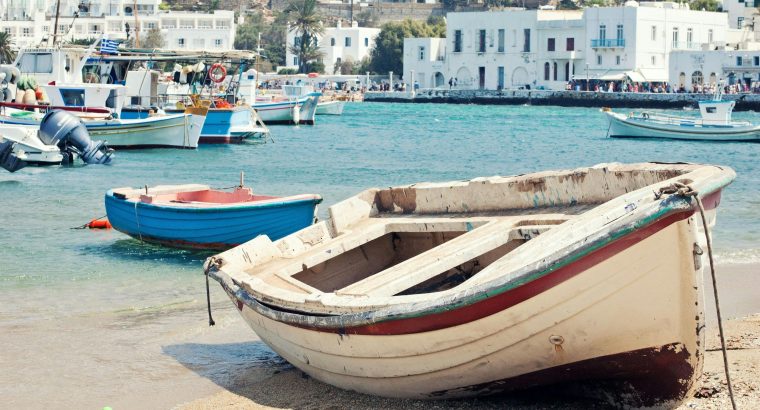Antifouling: Protecting Your Boat in Australian Waters
As a proud boat owner in Australia, you understand the importance of maintaining your vessel, especially considering the unique marine environments of these waters. One essential aspect of boat maintenance is the application of antifouling. But what exactly is antifouling, and why is it crucial for boat owners in Australia? Let’s delve into the details and find out.
What is antifouling?
Antifouling is a protective coating applied to the hull of a boat to prevent the growth of marine organisms such as algae, barnacles, and mollusks. In the diverse marine ecosystems of Australia, marine growth can occur rapidly and adhere to the boat’s hull, leading to increased drag, reduced fuel efficiency, and potential damage over time.
Why is antifouling important in Australia?
Australia’s extensive coastline offers a wide range of marine habitats, from tropical reefs to temperate estuaries and mangrove forests. While these environments are rich in marine biodiversity, they also present challenges for boat owners. Without proper protection, marine organisms can quickly colonize the hull of a boat, affecting its performance and durability.
When should antifouling be done in Australia?
The frequency of antifouling applications in Australia varies depending on factors such as the type of antifouling used, the location of boat mooring, and the prevailing water conditions. Generally, it’s recommended to apply antifouling every 1 to 3 years, with more frequent applications in areas with high marine growth rates, such as tropical waters or busy harbors.
How is antifouling applied in Australia?
The process of applying antifouling in Australia follows similar steps to those outlined in the previous articles. However, it’s essential to select antifouling products that comply with local regulations and environmental standards. Additionally, proper disposal of waste materials and adherence to best practices for antifouling application are crucial to minimize environmental impact.
1. Surface Preparation:
Thoroughly clean the boat’s surface of any old antifouling layers and dirt. Use fine sandpaper or a sander to remove old coatings.
2. Protection:
Ensure that no contaminants enter the water. Use plastic sheets or other environmental protection measures.
3. Antifouling Preparation:
Prepare the antifouling according to the manufacturer’s instructions. Mix it thoroughly to ensure even application.
4. Application:
Use a roller, brush, or spray to apply the antifouling to the boat’s surface. Ensure that the layer is applied evenly and leaves no gaps.
5. Drying Period:
Allow the antifouling to dry completely according to the manufacturer’s recommendations. This step is crucial for the effectiveness of the antifouling.
6. Second Coat:
If necessary, apply a second coat of antifouling. Some types of antifouling require two coats to achieve optimal protection.
7. Cleaning Tools:
After completing the work, thoroughly clean all tools and equipment used in applying the antifouling.
8. Waste Disposal:
Properly dispose of all waste, including used cloths, gloves, and leftover antifouling, to protect the environment.
9. Support:
Ensure that the boat has adequate support during the antifouling drying period.
10. Safety:
When applying antifouling, follow the manufacturer’s safety instructions, especially regarding ventilation and respiratory protection.
Conclusion:
As a boat owner in Australia, protecting your vessel from marine growth is essential for maintaining its performance and longevity. By understanding the importance of antifouling and following best practices for its application, you can ensure that your boat remains seaworthy and environmentally responsible. Remember, a well-maintained boat not only enhances your enjoyment of Australia’s stunning coastal waters but also contributes to the conservation of these precious marine ecosystems.
